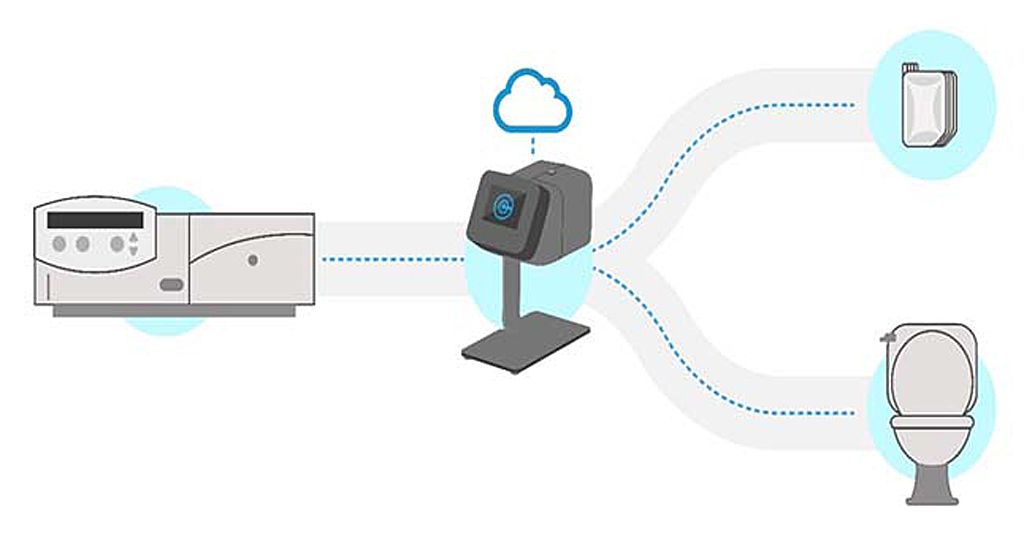FDA clears CloudCath at-home dialysis monitor
- February 15, 2022
- Steve Rogerson

California-based CloudCath has received FDA clearance for a peritoneal dialysis (PD) at-home patient monitoring system.
The automated monitoring system facilitates end-stage renal disease (ESRD) patients’ use of home-based PD therapy to increase the social and functional quality of life.
The private medical device company says it is advancing real-time fluid analytics and remote monitoring of infectious diseases. It received US FDA clearance for its data-driven, cloud-based, remote monitoring platform for PD patients in the $74.5bn ESRD market.
The company plans a limited launch of the system in the coming months with several clinics in targeted regions of the USA.
The system delivers continuous analytics from the comfort of a patient’s home with technology that integrates seamlessly into the patient’s daily PD protocol. The PD monitoring platform sends real-time notifications to both clinicians and patients to facilitate the patient monitoring of dialysate fluid required for safe home use of PD.
Promising early data show patients and clinicians may be alerted to the need for evaluation days before the onset of symptoms, enabling patients to seek early medical intervention, diagnosis and treatment.
“The opportunity to remotely and proactively manage our PD patients addresses a major obstacle to greater PD adoption,” said Glenn Chertow, professor of medicine in nephrology at Stanford University School of Medicine. “Today’s standard-of-care for patient monitoring is subjective. It relies on patients to self-monitor their dialysate fluid with either a decades-old newspaper test, the ability to read text through fluid drainage lines, or waiting for signs of pain and discomfort in the abdomen. With CloudCath, automated fluid analytics and real-time notifications will enable us to monitor and follow up with patients quickly, so they can stay home and on PD until a successful transplant.”
Every year in the USA, nearly 750,000 people are affected by kidney failure, which impacts one per cent of the Medicare population but accounts for seven per cent of the Medicare budget due to the high cost of treatment.
One factor driving this high cost of care is the large number of ESRD patients receiving in-centre haemodialysis, which averages $89,000 per patient per year (PPPY). By comparison, at-home peritoneal dialysis is 40% less, or around $53,000 PPPY. In response, the Advancing American Kidney Health 2019 executive order set a goal for 80% of incident ESRD patients to receive either home dialysis therapy or a kidney transplant by 2025. To support this, CMS developed the ESRD Treatment Choices (ETC) model to encourage greater use of home dialysis and transplant, offering incentives to centres that keep patients on PD for the first three years of dialysis.
“FDA clearance of the CloudCath solution comes at a dynamic time in the dialysis market,” said Aly ElBadry, CEO of CloudCath. “With the 2019 executive order calling for increased use of at-home dialysis, CloudCath’s automated sensing and advanced PD care algorithm build a stronger connection between clinicians and patients to help dialysis providers meet these goals. We are excited to deliver new health insights and care algorithms that aim to eventually reduce hospitalisations and improve quality of life for PD patients.”
By driving innovation at the intersection of biologic insights, machine-learning algorithms and remote monitoring IoT technologies, CloudCath provides automated health analytics from human fluid assessment to healthcare providers.




